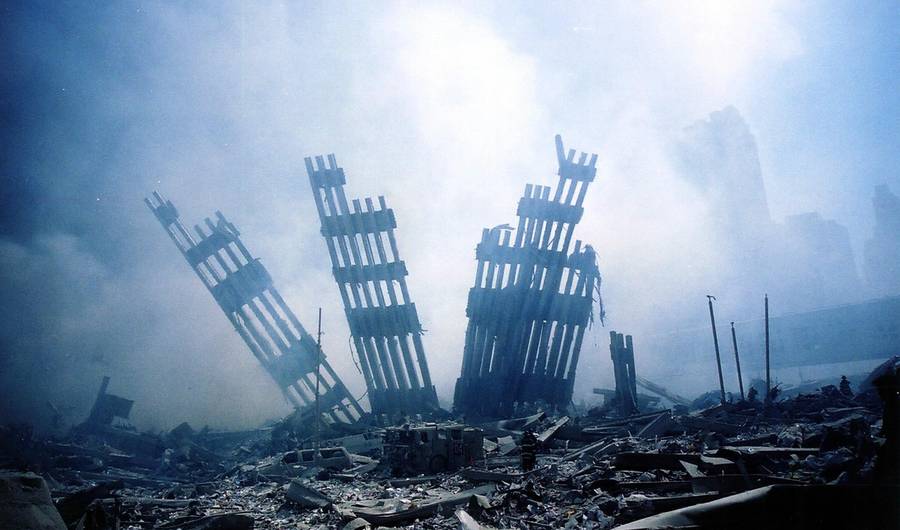Modern Protective Structures 2024
Aug. 5-9, 2024
Arlington, VA
MODERN PROTECTIVE STRUCTURES
Short Course
In Person, 5-9 August 2024
Sponsored by the Center for Infrastructure Protection and Physical Security (CIPPS) & Co-Sponsored by George Mason University (Arlington Campus)
Endorsed by the Society of American Military Engineers (SAME)

War, terrorism, insurrection, and the proliferation of weapons of mass destruction (WMD) pose a persistent threat in several geographic areas around the World. These forms of armed conflicts are not new phenomena, and one can find historic references that such activities existed several thousand years. Many countries have been adversely affected by such horrific events during the last half century, and there are no signs that such situations could be resolved in the near future. Historically, the data about such incidents indicate that more than 90% of recorded incidents involved explosive devices and ballistic attacks. The very recent war between Russia and Ukraine highlighted to use of a wide range of very advanced weapon systems and the corresponding devastating effects on all types of facilities and infrastructure systems. Furthermore, this war has also reminded us that an escalation to include nuclear weapons cannot be ignored. Additionally, one cannot forget that vehicle bombs and other types of improvised explosive devices (IED) are preferred weapons in terrorist attacks, followed by homicide bombers, vehicle ramming, and other physical attacks. Defending society against such rapidly evolving threats will remain a challenge throughout the 21st century. Any successful response to protect society from such incidents will require a well-planned, multilayered approach that strikes a fine balance between assuring a nation’s security and maintaining the freedoms that modern societies enjoy. Technology has and will continue to play a major role in these efforts, and innovative and comprehensive protective technologies must be developed to achieve this objective.
Do you have the required training for designing buildings or other critical facilities that can protect people and/or assets from different types of explosions and/or ballistic attack? Are you familiar with the guidelines that need to be followed for protection from such incidents?
The key to achieving these objectives is knowledge - what exists and what can be done regarding various evolving threats. Modern Protective Structures (MPS) is a short course based on a graduate-level, semester-long course at the University of Florida. It is one of five graduate-level courses that have been developed by Prof. Ted Krauthammer to educate and train the next generation of scientists and engineers to work in this vital and challenging field. It is aimed at addressing a broad range of scientific and technical issues involved in mitigating the severe loading effects associated with blast, shock, and impact. MPS has been modified every year since it was first introduced in 1988 to include new materials, and to address the latest developments in this challenging field. The course includes extensive discussions of actual incidents, and the lessons learned from them. Past participants, who represent an international cross-section of public and private organizations, have told us that the lectures on a broad range of relevant advanced topics, combined with a hands-on and a problem-solving approach have provided them with valuable and practical knowledge they could incorporate effectively and immediately into their work. Architects, Engineers, and Safety and Security Managers will have the opportunity to:
- Receive an extensive collection of books, manuals, software, reports, and technical articles to form your state-of-the-art electronic library in this field.
- Address both conventional high explosives, and nuclear explosive devices.
- Learn how to assess the risk associated with threats, hazards, and various explosive incidents.
- Learn how to analyze and design various facilities to protect lives and property with the latest manuals and software that you can take with you.
- Gain the knowledge on how both civilian and military facilities (e.g., various shelters, office buildings, schools, airports, hospitals, power stations, and industrial and transportation infrastructure facilities) behave under blast, shock, and impact loads.
- Learn and practice how to implement such knowledge for conducting effective pre- and post-event facility assessments, rescue and recovery operations, retrofits, and forensic investigations.
- Gain understanding of component (e.g., buildings, pavements, transit stations, airports, ports, bridge decks) criticality in infrastructure system functionality and multi-hazard system resilience computation.
Prof. Ted Krauthammer has been teaching the Modern Protective Structures short course internationally, and hundreds of former participants have benefited from it. With extensive experience in infrastructure systems resilience computation, Prof. Elise Miller-Hooks brings a larger systems-perspective.We invite you and your colleagues to register for this course.

